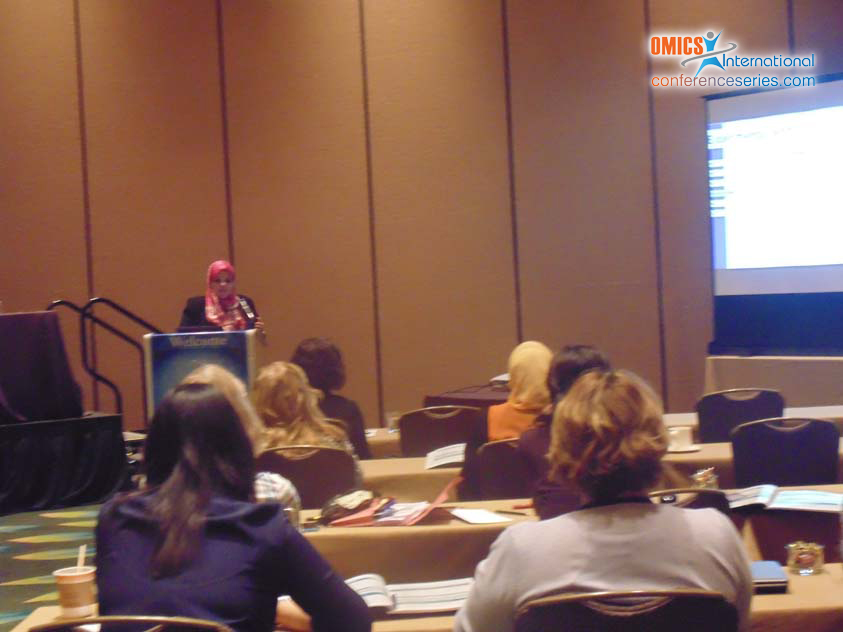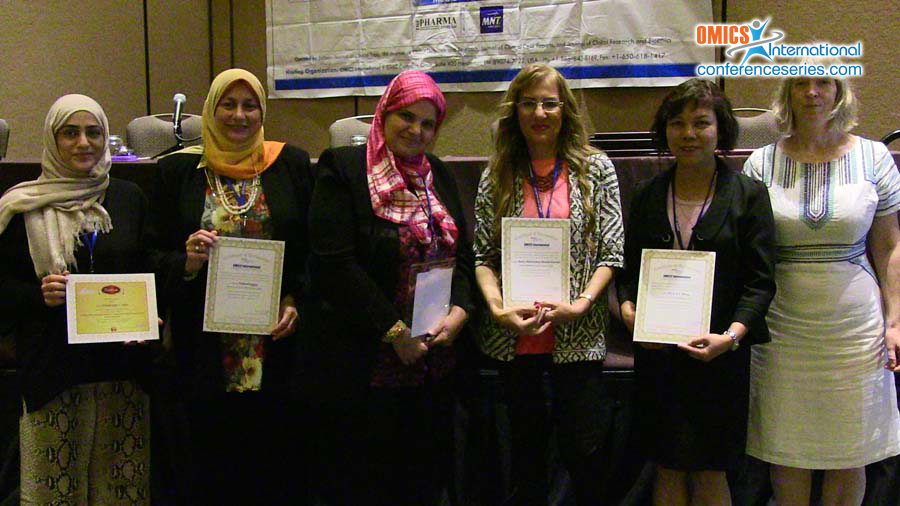
Rania Abdelmonem Mostafa Khattab
Cairo University, Egypt
Title: A study of the prevalence and association of ocular chlamydial conjunctivitis in women with genital infection by Chlamydia trachomatis, Mycoplasma genitalium and Candida albicans attending outpatient clinic in Egypt
Biography
Biography: Rania Abdelmonem Mostafa Khattab
Abstract
Purpose: To determine the association between chlamydial conjunctivitis and genital infection by Chlamydia trachomatis, Mycoplasma genitalium and Candida albicans, in addition to the possible relationship between cultured bacterial pathogens and oculogenital chlamydial infection.
Methods: This study was performed on 100 (50 symptomatic and 50 asymptomatic) women attending the Gynecological and Obstetric outpatient clinic of Alzahra hospital. Simultaneously a conjunctival swab was taken from these patients. Polymerase chain reaction (PCR) was done on DNA extracted from both vaginal and conjunctival swab samples. Culture for both vaginal and conjunctival swabs was also done.
Results: Candida albicans was the predominant organism isolated by culture in 20% and 40% of conjunctival and vaginal swabs respectively. By the PCR method, ocular Chlamydia trachomatis was present in 60% of symptomatic women, while genital Chlamydia trachomatis infection was present in 30% of symptomatic women. The results of this method also indicated that 25/50 (50%) vaginal swabs were positive with PCR for Candida albicans versus 15/50 (30%) were PCR positive in conjunctival swab. Mycoplasma genitalium was present in only 10% of vaginal swabs. A percentage of 73.3 of PCR positive ocular Chlamydia trachomatis cases showed no growth of pathogenic organisms in conjunctival swabs, and Staphylococcus aureus and Klebsiella spp. were genitally isolated in 53.4% of PCR positive genital Chlamydia trachomatis (26.7% each). Concomitant oculogenital PCR positive results for Chlamydia trachomatis and Candida albicans were 30% and 28% respectively.
Ocular Chlamydia trachomatis patients by PCR had also genital Chlamydia trachomatis in 50% of women; while genital Mycoplasma genitalium and Candida albicans were also present in 16.67% and 33.3% respectively in those ocular Chlamydia trachomatis PCR positive patients.
Conclusion: We can conclude that ocular Chlamydia trachomatis was associated with genital Chlamydia trachomatis in a high percentage of women followed by Candida albicans. Cultured bacterial organisms do not play a role in enhancement of Chlamydia trachomatis infection.
Key words: Chlamydia trachomatis - Mycoplasma genitalium - Candida albicans - vaginal swabs - polymerase chain reaction - Egypt.
Speaker Presentations
Speaker PPTs Click Here



